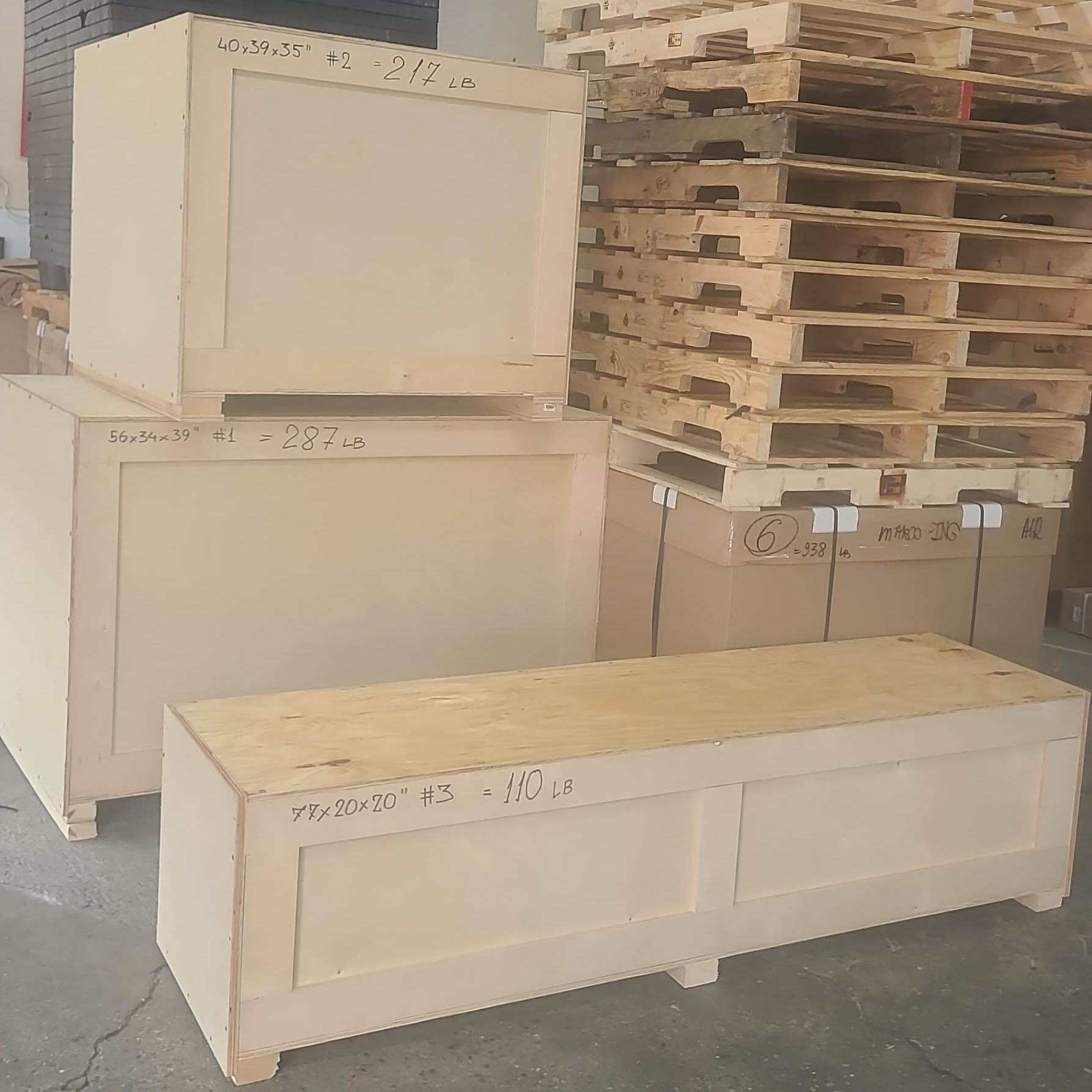Any act of moving art from one location to another incurs many risks that come from the potential impact of vibrations, humidity, temperature fluctuations, and careless handling. That’s why professional art packing has been put in place to minimize those risks and guarantee art’s integrity during transit. Yet, the distance and type of the art shipping process also make a difference in the choice of packing strategies. This way, art packing for international shipping will differ from packing for local transit needs. Here’s how it should be performed to ensure the highest degree of art protection during its movement across borders.
How Should Art Packing for International Shipping Be Performed?
As domestic shipments are usually brief in terms of time and distance, they involve fewer touchpoints and require less sturdy packaging. In most cases, a soft packaging approach is enough to preserve the artwork in transit, provided that it is transported by a specialized art shuttle.
Things work differently with international shipments, as art has to cover longer distances and go through different climate conditions. Humid seaports, low-temperature cargo holds, and other extreme conditions require enhanced protective measures. In this case, custom wooden crates are recommended as a standard measure of precaution; they are no longer an avoidable expenditure.
Crates can also be equipped with internal moisture insulation and foam for added physical stress resistance. This way, a crate becomes your art object’s ultimate defense from all hazards, from temperature and humidity extremes to careless human impact.
An additional packing issue that should be taken into account in advance is regulatory control at customs. In many cases, artwork is inspected upon its entry to a new state, so packaging should be organized for optimal access without ruining its integrity. Documentation should also be firmly attached to the crate if the art piece travels without an accompanying courier.
Universal Principles of Art Packing Still Work
Though we’ve highlighted some unique challenges and precautions needed for art packing for international shipping, it’s still true that universal art packing standards apply to this type of transportation as well. Regardless of how far your art will travel, you should stick to these rules:
- use acid-free packing materials;
- provide proper cushioning for the artwork;
- securely wrap each piece separately for safe transit and avoidance of scratches from contact with other items;
- ensure climate-control insulation of the package.
In the end, the main difference between domestic and international shipping is in priorities. While brief domestic shipments are organized with efficiency and basic protections in mind, international art transits require additional physical protection, optimal package arrangement for the object’s inspection at customs, and accompanying documentation. Knowing these basics will secure art from damage and prevent complexities at different shipping stages.
